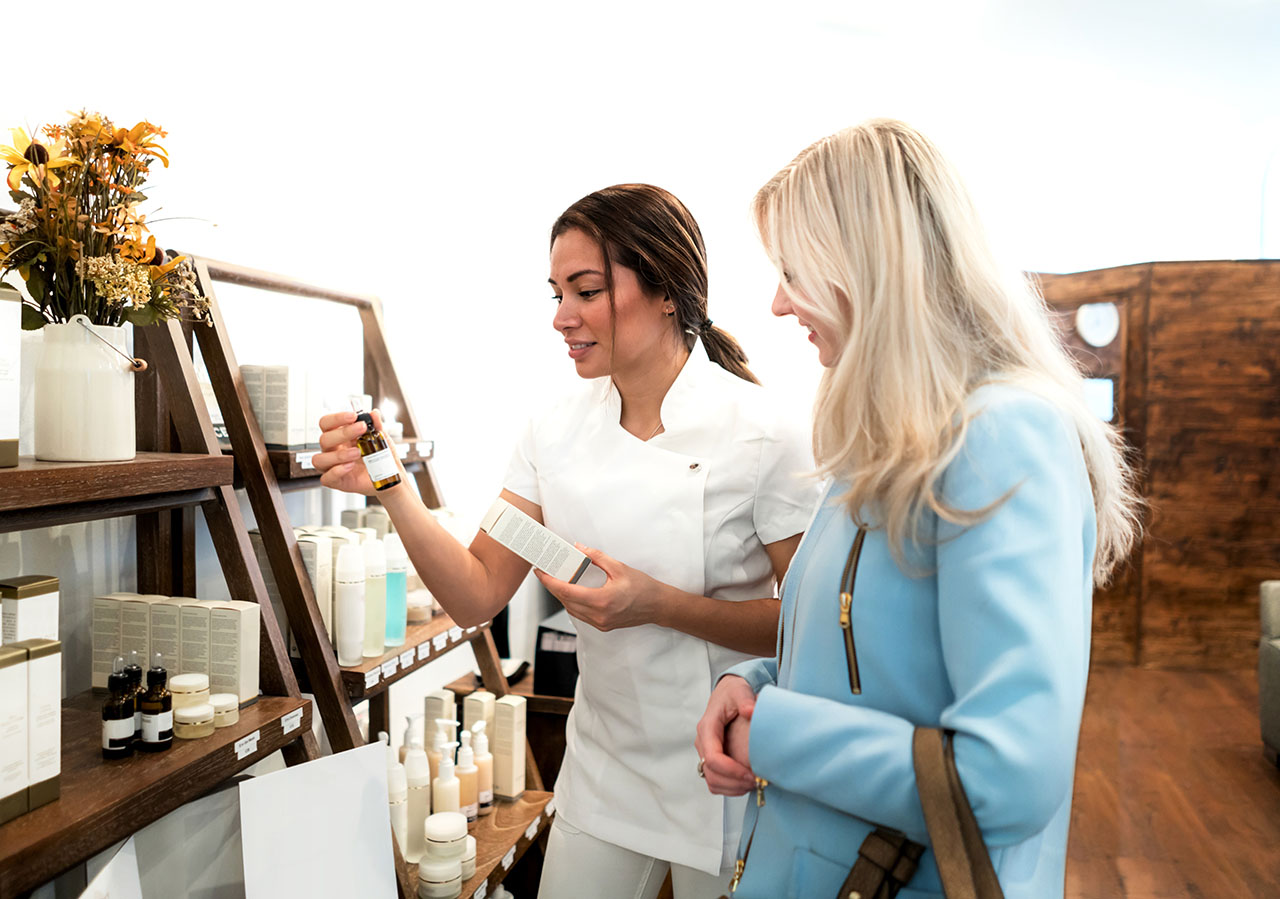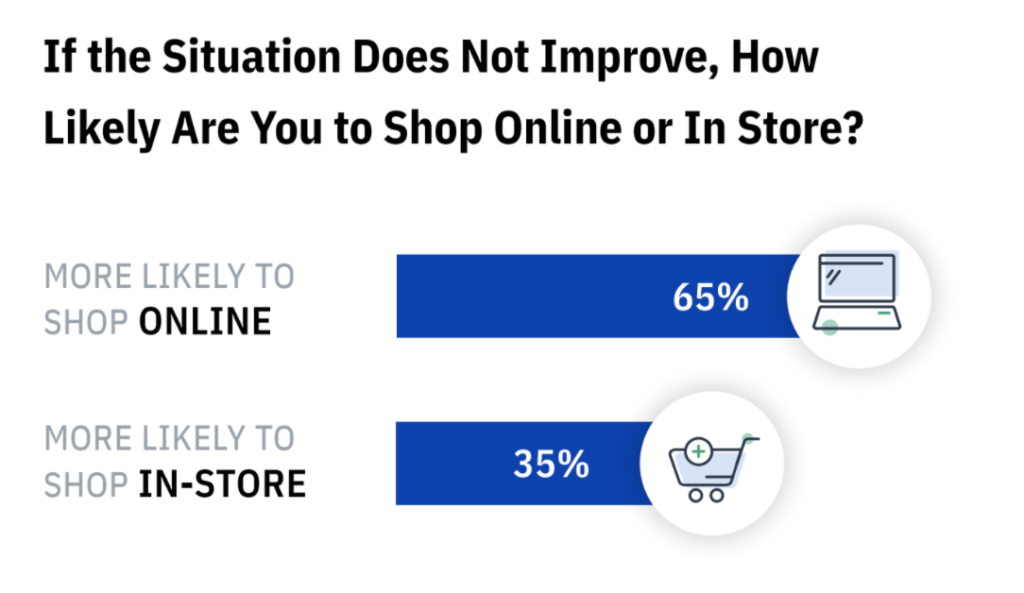You’ve heard us talk about how your employees are the best resource you have when it comes to experience improvement, but how do you truly harness their power? What decisions and changes can you make in the boardroom that empower employees in the breakroom to deliver on customer experience?
The truth is that training for a customer-centric culture on a location-by-location basis is simply not enough. Because when it comes down to it, turning your employees into your best customer experience advocates is an initiative that needs to be led, enforced, and encouraged on an organizational scale.
If you’re looking to get started and lead the way for your organization, we’ve broken down your mission into four key parts. And we’re including specific actions you can take to transform your employee culture into something that puts the customer at the heart of everything. Let’s dive in!
Mission #1: Dial in on Core Competencies
To get anywhere, you first need to understand where you’re headed, right? This is especially true for your Experience Improvement (XI) strategy.
At the beginning of your journey to a customer-centric culture, you must first craft detailed definitions of the competencies required for employees to deliver on your organization’s ideal customer experience. Additionally, it wouldn’t hurt to audit the level of the required competencies in staff who are currently carrying out customer experience management roles and compare them to your required standards.
Once you understand where you are and where you want to be, you can implement a competency development plan that includes a mix of formal training, on-the-job coaching, mentoring, self-learning, etc.
Examining legacy and new training initiatives that impact customer-facing staff allows you to ensure that the messages and techniques employees promote are consistent with your organization’s customer experience strategy.
Mission #2: Publicly Encourage a Customer-Centric Culture
Now that you know what your end goal is, don’t let your mission of creating a customer-centric culture be an afterthought in your organization. Be loud about it!
You should have plenty of examples of best-case scenario customer/employee interactions from your feedback data, so take advantage of them. Regularly share examples of behaviors that illustrate your organization’s desired customer culture. You should include perspectives about what individuals did and indicate why those specific actions had such a positive impact on customers. You can do this in an internal newsletter or use our Moments app to share with company leaders.
Additionally, make sure you’re in constant communication with human resources. You need to ensure that recruitment processes have explicit steps in place in order to check that potential candidates possess the attitudes and beliefs that are consistent with your organization’s customer culture. That way, any person you bring in is already on the same customer-centric path as your company.
Mission #3: Engage and Motivate Employees
You’ve started openly and actively discussing your customer-first perspective; now it’s time to get employees motivated to join in.
Within key teams, identify social leaders or customer experience all-stars and harness their influence by asking them to lead training exercises. Be sure to arm them with coaching materials and other collateral that break down your organization’s approach to customer experience. You can even supply them with feedback data so they can relay to the team exactly what behaviors or processes need to be replicated or improved.
At the same time as you want to be a cheerleader for your initiatives, it’s also important to understand the questions and potential resistance some line managers and supervisors may face when implementing any changes. That’s why it’s vital to hear them out and support them via training, supplemental materials, and processes to implement desired actions and maintain continuous improvement.
Additionally, you need to be mindful when it comes to employee incentives. You want to be sure that reward structures reflect your customer strategy. For example, many CX programs have shifted their focus from metrics to big-picture business improvements via customer acquisition, retention, cross-sell and upsell efforts, or by reducing costs. When they make this shift, they often change their rewards programs from incentivizing customer surveys to rewarding employees who have been shouted out by customers for providing an exceptional experience.
Mission #4: Organize with Customers in Mind
Just as your training initiatives and rewards programs need to be aligned with your Experience Improvement strategy, so too must your org chart and processes be equally aligned.
Review existing barriers to delivering your desired customer experience, paying particular attention to handoffs between functions/departments and to potential conflicts in functional objectives and targets.
For instance, let’s say that customers are complaining that it takes too long to have an issue resolved in your online portal. You investigate and find that, in order for any online portal issues to be fixed, a customer must call up your contact center, which in turn must hand that customer off to the IT team in order to actually fix the issue. An organizational solution to such a problem would be to have a team in your contact center dedicated specifically to online portal issues so there is no lengthy handoff.
Additionally, your customer team should have a window into any proposed organizational change to assess—and, if necessary, mitigate—any potential negative impact that changes might have on the customer experience. Remember, your goal is to have everything in your organization—including the way your org chart is structured—work toward the good of your customers.
Strategizing for Experience Improvement
In the end, Experience Improvement isn’t something that can merely happen overnight. It takes hard work and dedication to create a customer experience that keeps customers choosing you over the competition. And, in a world where customers have more options than ever before, being able to differentiate on the experience means everything, making your experience improvement strategy something everyone—board members and frontline employees alike—can get behind.
If you’d like to learn more about how your employees can help to foster your ideal customer experience and fuel your financial success, check out our new infographic, “How Employees Can Help You Grow Customer Loyalty & Value”













